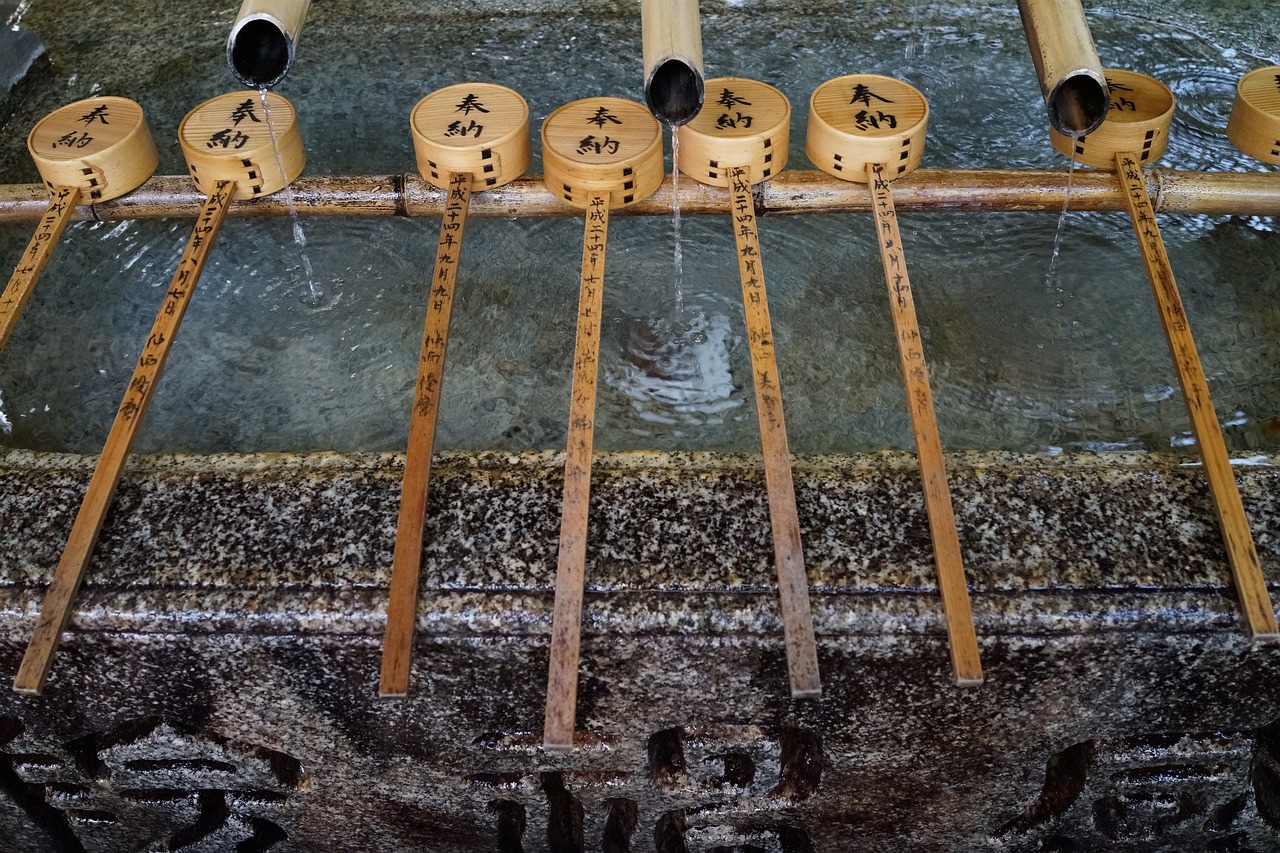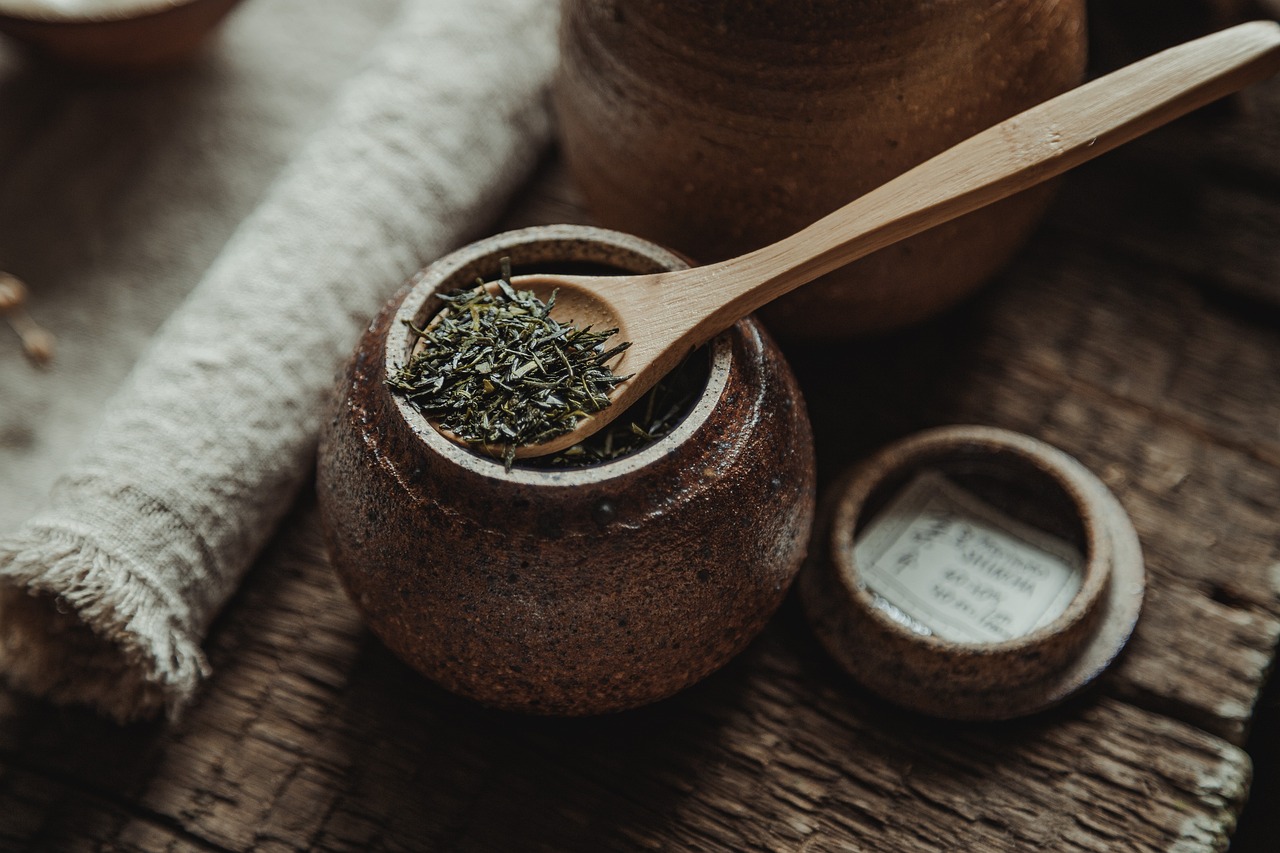Meaning of Primbon Wuku Kuningan, Find Out Its Special Qualities
Curious about the explanation of the special qualities of the meaning of Primbon Wuku Kuningan? To find out, just read the following review.

Kapanlagi.com - The Japanese language has various words used to refer to everyday objects, each with its own nuances and usage contexts. And this article will discuss the understanding of objects in the Japanese language.
Starting from common words like "mono" to more specific terms like "shinamono" and "buttai". In addition to explaining the meaning and usage of objects in the Japanese language for each word, there are also examples to help your understanding.
Let's learn the precise and effective understanding of objects in the Japanese language in various daily situations to be fluent in Japanese. Let's check it out, KLovers.

Illustration (credit: pixabay.com)
The definition of objects in Japanese can be translated as "mono". This word is used to refer to physical objects or objects in general. In addition, there are several other words that may be more specific depending on the context in a sentence.
For example, there is shinamono which refers to objects in Japanese for merchandise or products. Then there is buttai, an object in Japanese for physical objects or solids. And shina for goods or products, often used in a trading context.
Mono is used in various contexts to refer to something that can be seen, touched, or felt. The word mono in Japanese is often used in combination with other words to provide a more specific meaning. Usually, these words add mono at the end.
For example, there is tabemono which means food, then there is nomimono which means drink. Next, there is kaimono which means shopping, tatemono means building, and norimono means vehicle. These combinations show how flexible the word "mono" is in everyday conversations in Japanese.

Illustration (credit: pixabay.com)
One type of noun in the Japanese language is shinamono. The definition of shinamono itself is a word in Japanese that means goods or products. This word is often used to refer to items that are sold or traded.
In everyday context, shinamono can refer to various types of items, ranging from food, clothing, household items, to other items that can be bought or sold. Here are some examples of shinamono or goods in the context of daily trade:
1. Shokuhin - Food and drinks
- Sushi
- Sake
- Ramen
- Senbei (rice crackers)
2. Iryouhin - Clothing and accessories
- Kimono
- Yukata
- T-shirt
- Shoes
3. Denkaseihin - Electronic goods
- Television
- Refrigerator
- Mobile phone
- Laptop
4. Kateiyouhin - Household items
- Plates
- Pots
- Vacuum cleaner
- Curtains
5. Nichiyouhin - Daily necessities
- Soap (sekken)
- Toothbrush (haburashi)
- Tissue
- Shampoo
6. Omiyage - Souvenirs
- Hand fan (sensu)
- Maneki-neko (lucky cat figurine)
- Kokeshi doll (traditional wooden doll)

Illustration (credit: pixabay.com)
Another object in the Japanese language is buttai. In the Japanese language, buttai is a word that means physical object or solid object. This word is used to refer to all types of objects that have shape and mass, which can be seen and touched.
Buttai is often used in scientific or technical contexts to refer to objects that can be physically observed or measured. Buttai is also commonly used in the fields of physics, engineering, and other sciences to describe objects or items in various contexts.
This word is more technical compared to "mono", which is a general term for objects or items. Here are some examples of buttai or physical objects in various contexts, both in everyday life and in scientific and technical contexts:
1. Tentai - Astronomical objects
- Planet (wakusei)
- Star (hoshi)
- Comet (suisei)
- Asteroid (shouwakusei)
2. Kotai - Solid objects
- Stone (ishi)
- Metal (kinzoku)
- Wood (mokuzai)
- Crystal (kesshou)
3. Liquid - Liquid
- Water (mizu)
- Oil (abura)
- Alcohol (arukōru)
- Mercury (suigin)
4.Gas - Gas
- Oxygen (sanso)
- Nitrogen (chisso)
- Carbon dioxide (nisankatanso)
- Hydrogen (suiso)
5.Man-made Objects
- Car (jidousha)
- Airplane (hikouki)
- Robot (robotto)
- Building (tatemono)
6.Microscopic Objects
- Bacteria (saikin)
- Virus (uirusu)
- Dust particles (hokori no ryūshi)
- Blood cells (kekkyū)

Illustration (credit: pixabay.com)
The last common type of noun in the Japanese language is shina. Shina is a Japanese word that means goods or products. This word is often used in the context of trade or to refer to specific qualities of goods.
In a broader context, shina in Japanese can also refer to classes or categories of goods based on their quality. Here are some examples of shina or goods in various contexts in everyday Japanese conversations:
1.Shokuhin - Food products
- Rice (kome)
- Bread (pan)
- Vegetables (yasai)
- Fish (sakana)
2.Iryouhin - Clothing and accessories
- Shirt (shatsu)
- Jeans (jinzu)
- Coat (koto)
- Hat (boushi)
3.Denkaseihin - Electronic goods
- Refrigerator (reizouko)
- Washing machine (sentakuki)
- Television (serebi)
- Smartphone (sumatofon)
4. Nichiyouhin - Daily necessities
- Hamigakiko (toothpaste)
- Toiretto pepa (toilet paper)
- Sekken (soap)
- Shanpu (shampoo)
- Kagu (furniture)
- Isu (chair)
- Teburu (table)
- Beddo (bed)
- Hondana (bookshelf)
- Koukyuuhin (luxury goods)
5.Souseki - Jewelry
- Koukyuu tokei (luxury watch)
- Burando baggu (branded bag)
- Koukyuu wain (luxury wine)
That is the meaning of objects in Japanese that KLovers can know. Understanding various terms for objects in Japanese enriches vocabulary and improves communication skills more accurately and effectively.
(kpl/dhm)
Cobain For You Page (FYP) Yang kamu suka ada di sini,
lihat isinya
Curious about the explanation of the special qualities of the meaning of Primbon Wuku Kuningan? To find out, just read the following review.
Bullying dramas often feature introverted male high school students as the main characters who experience bullying. Check out the recommendations here, KLovers.
Let's check out a list of anime about friendships with animals that can be enjoyable to watch, making you smile, cry, and feel inspired. Let's check it out, KLovers.
Romantic Japanese youth dramas always captivate viewers with sweet and emotional stories. Here is a list of the latest romantic Japanese youth dramas that you shouldn't miss.
The sweet story of teenagers successfully creates a fun and captivating atmosphere by incorporating unique humor elements. It's not a bad idea to make Japanese romantic comedy school movies a source of entertainment during leisure time.
In 2024, there are several wuxia dramas that you must watch, one of which is the Chinese drama THE LEGEND OF HEROES. Here is the synopsis of Chinese drama THE LEGEND OF HEROES along with the complete cast list.
Korean dramas are not only famous for their romantic stories, but also for their action comedy genre filled with humor. Here are some of the best action comedy dramas worth watching that successfully combine action and comedy perfectly.
Curious about the explanation of the meaning of dreams being chased by an unknown man? To find out, just read the following brief review.
Even the uncomfortable feeling can still be felt even though the meeting only happens in a dream. Along with that uncomfortable feeling, many are curious about the meaning of dreaming of meeting ex-husband and chatting.
In 2024, a series of latest and good Korean drama titles tell stories about the lives of main characters who have swapped souls. Check out the recommendations KLovers.
Thai dramas often touch on various complex and controversial aspects of life, including the topic of abortion in some Thai dramas with abortion elements.
Curious about the explanation of the meaning of pregnancy dreams for married people? To find out, here are 7 meanings of pregnancy dreams for those who are already married according to Javanese astrology.